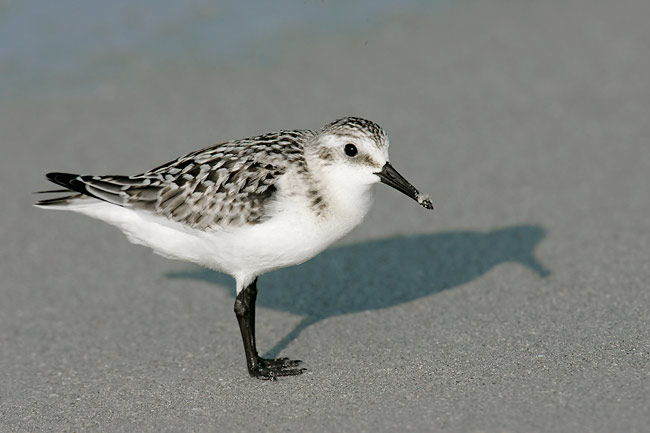Lauren Ali, Aidan Bailey, Kelsey Hunt-Dolan, and I observed birds at North and South Lido beaches, focusing on diversity. We wanted to see if the number of people present impacted the bird species we saw at the beach. We scan sampled the people every five minutes, and constantly monitored and recorded the bird species present. We tried to go to the beach at the same time each day, around 3:30 PM so our data would be more consistent. We observed for half an hour. We chose these two sites because they both have sandy beach habitats, but South Lido has a more natural edge whereas North Lido is right next to St. Armands Circle. Our biggest problem was the possible misidentification of birds because some birds look very similar and most of us had little bird watching experience, especially Florida shore birds.
Hypothesis: As the number of people present at the beach increases, we will see fewer bird species at the beach.
Our results were found to be insignificant primarily because we did not have enough data. The outlier day we had also worked to skew our results. We saw the most birds on the day that we had the fewest people, and the fewest birds when we had 76 people. We saw 7 species when we had the highest number of people, showing two more species than on the day with our lowest observed diversity. On a day-to-day basis, we saw more people at North Lido than at South Lido. The most common species was the Laughing Gull, which is seen during every observation.
Species Observed: Laughing Gull, Herring Gull, Ring Billed Gull, Sanderling, Willet, Cormorant, Vulture, Crow, Brown Pelican, Least Tern, Royal Tern, Sandwich Tern, Common Tern, Great Blue Heron, Snowy Egret, White Ibis, American Golden Plover, Black Skimmer, Mocking Bird
**The first four were the most common and are picture below in the order listed.







No comments:
Post a Comment